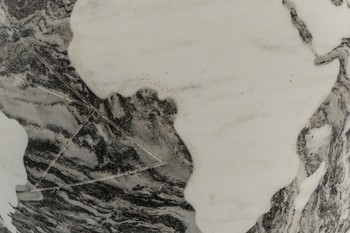by Paul Olson
 In 1787 William Wilberforce headed a parliamentary campaign against the British slave trade. 20 years later, the Slave Trade Act of 1807 was passed, effectively ending one of the darkest chapters in human history. But between the 16th and 19th centuries, an estimated 10-12 million Africans had already entered the Americas via the transatlantic slave trade. Between 2-3 million died on the way, never having reached western shores.
In 1787 William Wilberforce headed a parliamentary campaign against the British slave trade. 20 years later, the Slave Trade Act of 1807 was passed, effectively ending one of the darkest chapters in human history. But between the 16th and 19th centuries, an estimated 10-12 million Africans had already entered the Americas via the transatlantic slave trade. Between 2-3 million died on the way, never having reached western shores.
In 2007, some 90 member states of the United Nations made contributions towards the creation of a permanent monument remembering the victims and survivors of what is known by many as the darkest chapter in human history. That monument was revealed on March 25th of this year. The Ark of Return, a somber white marble memorial placed in the courtyard of the entrance to the UN will remind staff, delegates, tourists, students and other international stakeholders that slavery constitutes a crime against mankind.
Despite the ending of the Transatlantic Slave Trade 200 years ago, the practices of forced human exploitation still exist today. The International Labour Organization reports that today 21 million men and women live in various forms of slavery, generating over 150 billion dollars (US) in profit each year. Some of these even the descendants of those same slaves who crossed the Atlantic centuries ago. The monument reminds us that upholding human rights, equality and dignity without distinction informs how we act today and into the future. 2015 marks the 8th year of the international day of remembrance.
Delegates reminded the General Assembly that developed countries and their consumer economies are great beneficiaries of the exploitation of slaves. In a meeting to follow-up to the commemoration of the two-hundredth anniversary of the abolition of the transatlantic slave trade, the UN General Assembly considered a resolution that reaffirms the strengthening of UN activities to end poverty and discrimination as a minimum effort to repair the effect left by these atrocious acts. More simply needs to be done.
Photo by Paul Olson: dots inscribed into a marble map in the Ark of Return permanently document the memory of the places where African coasts were raided for slaves